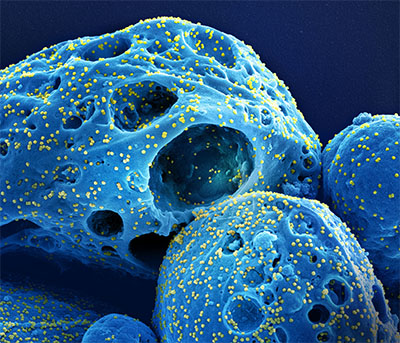2023-03-16 ミシガン大学
米国の研究者が、植物の花の大きさなどの変化に着目し、それが受粉者との相互作用に影響することを示した。特に、朝顔の花は、受粉に投資するために花の大きさを増やしており、北緯が高い地域ほど顕著であることが明らかになった。また、朝顔の花の蜜や花粉に対する花粉媒介者の関与も増えている傾向があり、気候変動への植物の進化的な反応が示唆された。
<関連情報>
- https://news.umich.edu/bigger-flowers-greater-rewards-plants-adapt-to-climate-disruptions-to-lure-pollinators/
- https://academic.oup.com/evlett/advance-article/doi/10.1093/evlett/qrad006/7072662
開花時期だけじゃない:復活のアプローチでわかる花の魅力特性の経年変化 Not just flowering time: a resurrection approach shows floral attraction traits are changing over time
Sasha G D Bishop, Shu-Mei Chang, Regina S Baucom
Evolution Letters Published:08 March 2023
DOI:https://doi.org/10.1093/evlett/qrad006

Abstract
Contemporary anthropogenic changes in climate and landscape form a complex set of selective pressures acting on natural systems, yet, in many systems, we lack information about both whether and how organisms may adapt to these changes. In plants, research has focused on climate-induced changes in phenology and the resultant potential for disruption of plant-pollinator interactions, however, there remains a paucity of knowledge regarding how other pollinator-mediated traits may be involved in the adaptive response. Here, we use resurrection experiments to investigate the phenotypic basis of adaptation in a mixed-mating system plant, the common morning glory (Ipomoea purpurea). Specifically, we measure temporal and spatial changes in traits grouped into three categories relevant to plant-pollinator interactions – floral morphology, floral rewards, and floral phenology. We show a significant temporal increase in corolla size and shift to earlier flowering times, as well as a potential for increased investment in floral rewards, all of which are driven primarily by populations at more northern latitudes. Additionally, we find evidence for directional selection on floral morphology and phenology and evidence of balancing selection acting on anther-stigma distance. Overall, these results show an adaptive response in line with greater investment in pollinator attraction rather than self-pollination and fine-scale spatial differences in adaptive potential.


